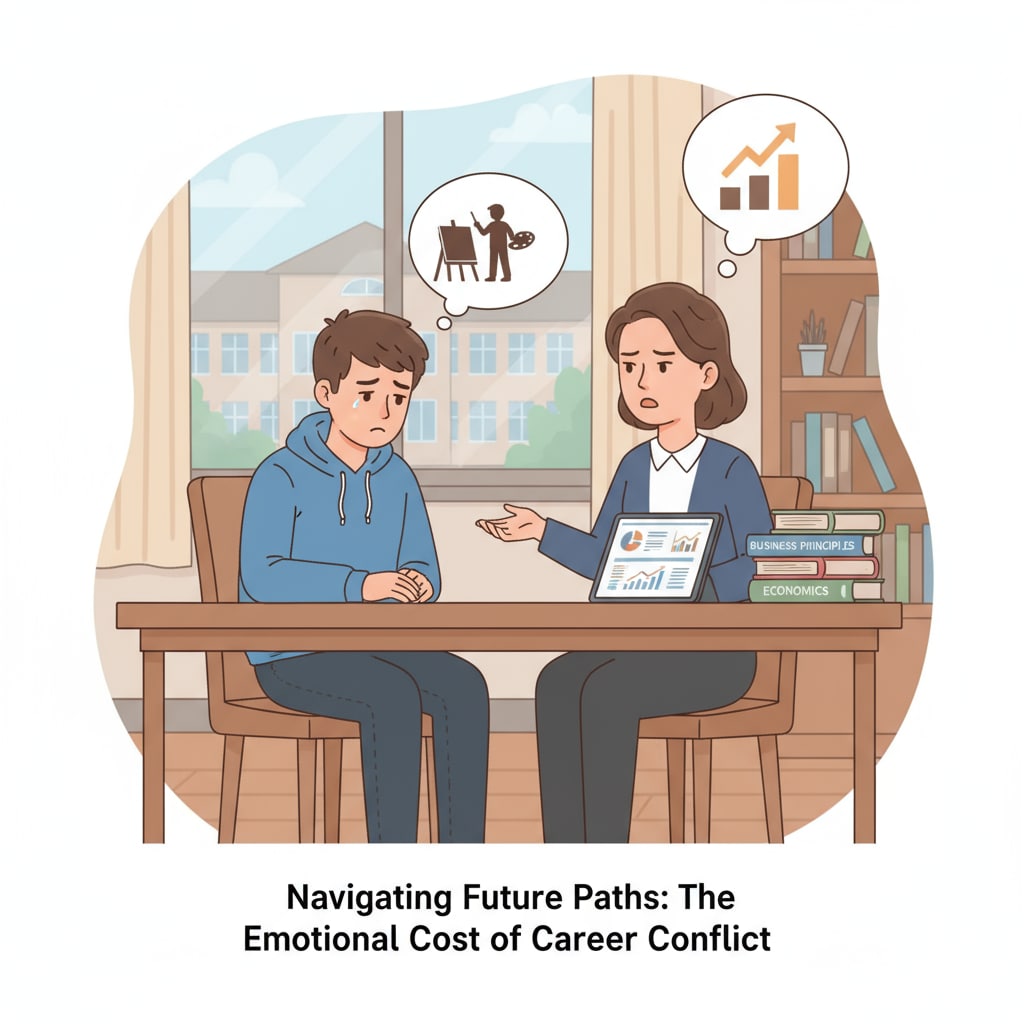The conflict between parent-child in career choices, especially those related to military careers, is a prevalent issue among teenagers. Take, for example, a 17-year-old immigrant boy. His father, having served in the military, dreams of his son following in his footsteps and embarking on a military career. However, the boy has a passion for art and wishes to pursue a career in graphic design. This scenario vividly illustrates the clash between parental expectations and a teenager’s personal aspirations.

The Root Causes of the Conflict
One of the main reasons for this conflict is the generation gap. Parents often come from different social and cultural backgrounds. They may view a military career as a stable and honorable path, offering financial security and a sense of purpose. In contrast, teenagers are more influenced by contemporary trends and their own interests. They seek careers that allow for self-expression and personal fulfillment. For instance, according to American Psychological Association research on family psychology, generational differences play a significant role in career choice disputes.
The Impact on Teenagers
This conflict can have a profound impact on teenagers. Firstly, it can lead to emotional distress. The pressure to conform to parental expectations can cause feelings of anxiety and depression. Secondly, it may hinder a teenager’s personal growth. When forced into a career they have no interest in, they may lack motivation and fail to reach their full potential.

As Britannica’s entry on child development states, a supportive environment is crucial for a child’s healthy development.
To resolve this conflict, schools and families need to collaborate. Schools can provide career counseling services to help teenagers explore their interests and abilities. Parents, on the other hand, should listen to their children’s aspirations and offer support rather than coercion. By working together, they can guide teenagers towards a career path that aligns with their passions and talents.
Readability guidance: Short paragraphs and lists are used to summarize key points. Each H2 section has a list when possible. The proportion of passive voice and long sentences is controlled, and transition words are added throughout the text.


